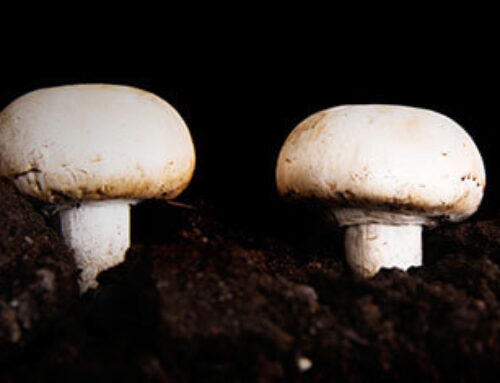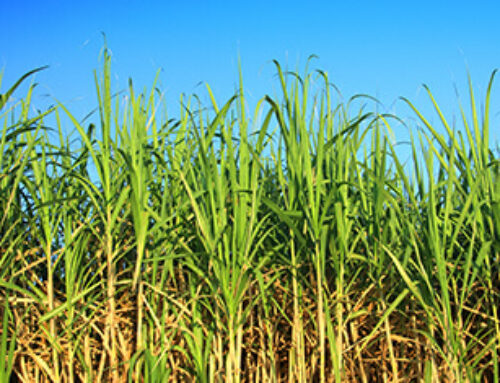What Residuals/Wastes are Produced in Wine Industry?
The world production of wine in 2016 is 259 Million hl. From the total area of vineyards in the world of 7.9 million hectares, around 4.5 million hectares are located in Europe. European countries have an important presence in the worldwide production of wine. Italy, France, and Spain are the main producers. As part of the sustainable development of the winery production drive, winery waste management becomes a vineyard and winery concern. The wine industry generates a considerable amount of waste in the manufacturing season (August-October or September-November). After every crash, wineries are left with the skins, pulp, seeds, stems, leaves, and other residues from winemaking after the juice has been pressed and fermented.
The main solid by-products and residues generated include:
● grape pomace (63%)
● lees (13%)
● stalk (12%)
● dewatered sludge (12%)
Pomace is made up of about 8 percent seeds, 10 percent stems, 25 percent skins, and 57 percent pulp. The main effluents are winery wastewater and vinasse, which generate winery sludge. It is showing that about 13 million tons of grape marc are generated all over the world every year. Grape stalk and grape marc are the primary wastes of the whole wine production. In the traditional way, these organic by-products, like wine stalk and wastewater, are disposed of in landfills. At the same time, some environmental problems are created. How to utilize grape and winery waste efficiently is an urgent commitment. Following the circular economy growth model, there is a need for recycling waste to improve the output value of goods.
Why Grape and Winery Waste are Suitable for Composting?
The grape pomace, a primary waste of wine production, which is high in N–P–K–Ca (2.0–0.5–2.0–2.0) could be recycled as a soil conditioner in view of its organic and nutrient contents. The value of grape pomace as compost/fertilizer depends upon the presence of the proportion of organic matter which can be converted into humus with a favorable effect on the soil. The characteristics of gape stalk, grape marc, wine lees and de-alcoholized marc have been studied by experts. Generally speaking, these materials have acid pH, low electrical conductivity and high content of organic matter. Grape stalk and seed coats contain a high C/N ratio because of their lignocellulosic nature. The grape stalk also has a high content of polyphenols, which contains 3.8-34.9 g/kg. In addition, the grape stalk and seeds coat is rich in tannins. N, P and K are noted in lees. It is reported that the average content of organic matter in grape branches and leaves is 15%, containing 44.22% of carbon, 0.62% of nitrogen, 0.25% of phosphorus, and 1.44% of potassium. It also contains magnesium, calcium, sulfur and other elements, which are essential nutrient elements in the grape growing process. Winery wastewater has high organic waste, with low amounts of nitrogen and phosphorous. And its pH is 3-4.
Except for rich organic matters, grape and winery waste lead to environmental pollution. To efficiently use these organic wastes meets the sustainable developments. Composting the waste can not only solve the pollution problem but also reuse the matter. In a sense, it is material recycling. In addition, composting methods have low energy requirements and low costs, which is promoted by many western countries.

Before windrow compost grape and winery waste, some pre-composting steps should be made. Let us introduce the methods to you one by one.
Grape branches and leaves pre-treatment: Grape branches and leaves cannot be used for composting directly due to the high C / N and their solid size. Cut grape branches and leaves into pellets with a diameter of 20 mm, and add the inorganic and organic matter with higher nitrogen content and higher nitrogen content to achieve efficient composting of the shoots. Adding urea and other inorganic nitrogen material can achieve the rapid warming of raw materials and speed up the degradation rate of organic matter.
Tips: As one of our customers on LinkedIn commented that: “Why in the world would you suggest adding an inorganic like urea? And then tout the benefits of using “organic” compost? It’s no longer truly organic! Composers in wine country use every vineyard scrap available with great success and with no inorganic additives. Manures make a great feedstock additive. Do NOT add urea and try to call it organic.”
Here we have to clarify that “As different facilities use different composting technologies, here we only provide a method (among dozens of effective methods) to quickly ferment the grape branches. There are so many parameters affecting the quality of finished generated compost, temperature, particle size, C:N ratio, etc. if you want to achieve a totally ORGANIC compost, sure we can add Carbon-rich/Nitrogen-rich 100% organic raw materials. It really depends“
Winery wastewater and sludge pre-treatment: These wastes should be dewatered before composting. Generally speaking, the liquid waste can be processed in disintegration, screening, grit removal, flow equalization and chemical additions. These are preliminary treatments for liquid waste. And then they are treated by sedimentation, coagulation, and flocculation. And granular media filtration is also a necessary step for pre-treatment winery wastewater. In this way, lees, stems, and pomace can be got for composting.
Windrow composting grape and winery waste: After the treatment of the winery waste, composting can be processed.
Firstly, composting design is indispensable. The composting can proceed on an uncovered plot so that the raw materials can be exposed to air. As for compost piles, they can be adjusted according to different kinds of requirements. And it is related to compost turner working height. Here we provide the widely used pile parameters: 1.5 m height×1.5-3 m width. The length is not limited.
Secondly, put raw materials (grape stalk, grape pomace or marc, wine lees, sludge, seeds, etc.) in piles. The prior studies showed that the most appropriate piles proportion was 1:1 and 1:2 (grape sludge and grape stalk) for the best integration of materials and C:N ratio (Feedstock added to pomace should have a calcium-to-nitrogen ratio appropriate for composting (1:20 to 1:30)). During composting, the evolution of temperature, water content, pH, total organic C, total N, C/N ratio, oxygen and validation of the mixtures should be controlled strictly. It requires moisture around 55% and a maximum temperature around 65℃ and an oxygen concentration not lower than 5-10%.
More Resource:
Parameter Affecting Composting
A basic operation like turning is done by Full Hydraulic Crawler Type Compost Turner equipped with a creeping speed. When the temperature is over 65℃, you can turn and mix the organic materials once. It lasts 7- 15 days of the whole composting. The decomposed materials are brown or dark brown.
Advantages of Windrow Composting of Grape Stalks, Pomace and Sludge
During windrow composting, organic compounds can be transformed through numerous microbe activities into more stable matters. The windrow composting of grape and winery wastes can be an alternative option for managing the wastes, but also to recycle them. The volume of organic waste can reduce by 40%. In addition, the treatment of waste costs can be saved and the final product (decomposed winery wastes) can generate income.
On the other hand, there is a trend of organic farming and organic food. Fertilizer is food for plants. Therefore, organic fertilizer is necessary for organic and sustainable farming. In fact, vineyards can use Grape Pomace/Marc Compost efficiently. That is to say, the generated compost is used as fertilizer in grape growth. And the compost can be also used for other plants’ growth.
In a word, windrow composting is a feasible way to dispose of residues produced by the wine industry.
Application of Grape Pomace/Marc Compost
Compost is considered a complete fertilizer because of its various organic contents. It is a good organic fertilizer for plant growth nowadays. In the future, it will be a more popular fertilizer because of its economic effect and environment-friendly nature.
Composting grape and winery waste can be used and recycled in agricultural soil as organic fertilizer. Grape Pomace/Marc Compost can be used in soil because of several reasons, like providing nutrients for plant growth, increasing soil organic matter, altering soil structure and mitigating soil erosion.








